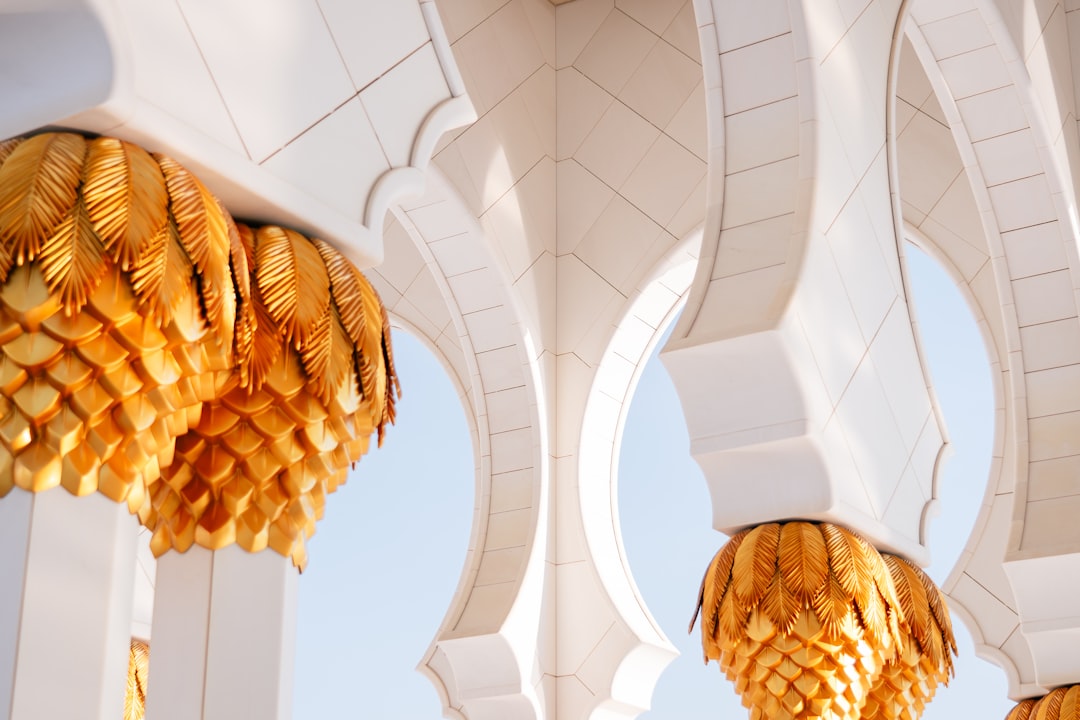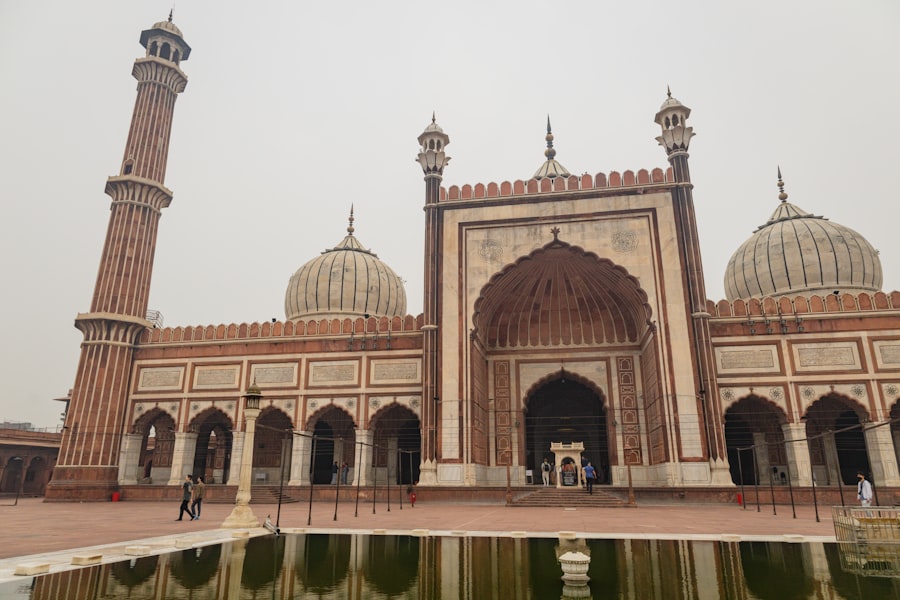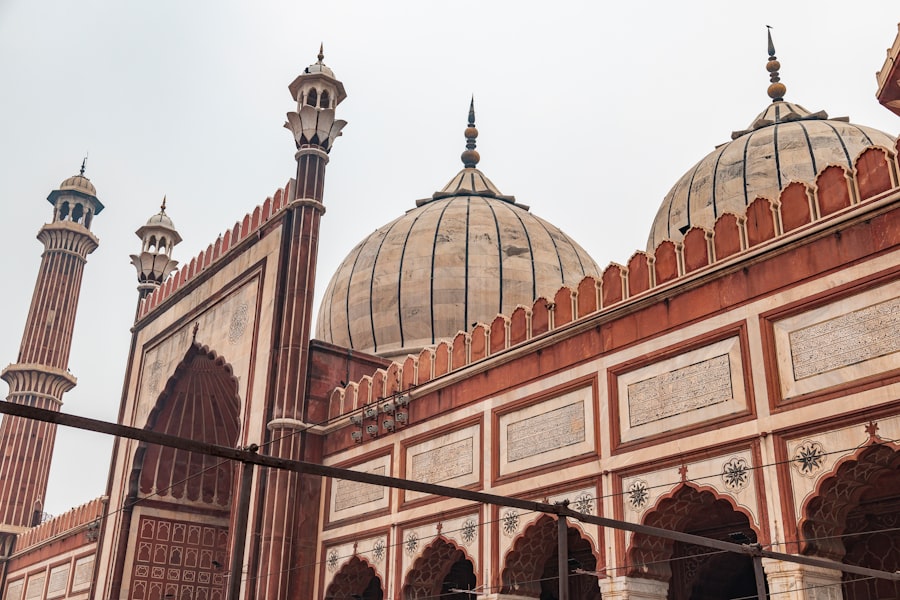
Mali, a landlocked country in West Africa, is renowned for its rich history, diverse cultures, and stunning landscapes. Bordered by Algeria to the north, Niger to the east, Burkina Faso and Côte d’Ivoire to the south, and Senegal and Mauritania to the west, Mali is a nation steeped in tradition and heritage.
The country is characterized by its vast deserts, fertile riverbanks, and bustling markets, making it a unique destination for travelers seeking an authentic African experience. The significance of Mali extends beyond its geographical boundaries; it is home to some of the most important historical sites in Africa. The ancient city of Timbuktu, once a center of trade and scholarship, symbolizes the intellectual legacy of the region.
Mali’s cultural tapestry is woven from various ethnic groups, including the Bambara, Tuareg, and Songhai, each contributing to the nation’s rich traditions. This diversity is reflected in the languages spoken, the festivals celebrated, and the art forms practiced throughout the country. As one delves deeper into Mali’s offerings, it becomes evident that this nation is not just a destination but a living testament to the resilience and creativity of its people.
Key Takeaways
- Mali is a landlocked country in West Africa known for its rich history, diverse culture, and stunning natural landscapes.
- Historical and cultural sites in Mali include the ancient city of Timbuktu, the Great Mosque of Djenné, and the Dogon cliff villages, offering a glimpse into the country’s past.
- Mali is home to natural wonders such as the Niger River, the Bandiagara Escarpment, and the Sahara Desert, providing opportunities for outdoor exploration and adventure.
- Traditional music and dance are integral parts of Mali’s cultural heritage, with the country being known as the “land of griots” and the birthplace of famous musicians like Ali Farka Touré and Salif Keita.
- Local cuisine in Mali features dishes like maafe (peanut stew), jollof rice, and brochettes, reflecting the country’s diverse culinary influences and food culture.
Historical and Cultural Sites in Mali
Mali boasts an array of historical and cultural sites that narrate the story of its past. One of the most iconic locations is Timbuktu, which flourished during the 14th century as a center for trade and Islamic scholarship. The city is home to several ancient mosques, including the Djinguereber Mosque, built in 1327.
This architectural marvel is constructed from mud bricks and is a UNESCO World Heritage site. The mosque’s intricate design and historical significance attract scholars and tourists alike, eager to learn about its role in the spread of knowledge across Africa. Another remarkable site is the city of Djenné, famous for its Great Mosque, which is considered one of the greatest achievements of Sudano-Sahelian architecture.
The mosque, built in 1907 on the foundations of an earlier structure dating back to the 13th century, showcases the unique building techniques that utilize local materials such as adobe. Djenné itself is a vibrant market town where traditional crafts thrive, and visitors can witness artisans at work creating pottery and textiles. The annual Festival of the Desert in Djenné celebrates this rich cultural heritage through music, dance, and art, drawing participants from across the region.
The ancient city of Gao also holds historical significance as it was once the capital of the Songhai Empire. The Tomb of Askia, a UNESCO World Heritage site, stands as a testament to the empire’s grandeur. Built in 1495 by Emperor Askia Muhammad, this pyramid-shaped mausoleum reflects the architectural style of the time and serves as a reminder of Gao’s importance in trade and Islamic scholarship.
Exploring these sites provides insight into Mali’s complex history and highlights the enduring legacy of its civilizations.
Natural Wonders of Mali

Mali’s natural landscape is as diverse as its cultural heritage. The Niger River, one of Africa’s longest rivers, flows through the heart of the country, providing sustenance and transportation for local communities. The river’s banks are lined with lush vegetation and serve as a vital ecosystem for various wildlife species.
Birdwatchers flock to Mali to observe migratory birds that inhabit the wetlands along the river, particularly in areas like the Niger River Delta. In stark contrast to the river’s verdant banks lies the Sahara Desert, which covers a significant portion of northern Mali. The vast expanse of sand dunes and rocky plateaus creates a mesmerizing landscape that captivates adventurers and nature enthusiasts alike.
The Bandiagara Escarpment, a UNESCO World Heritage site located in the Dogon Country region, offers breathtaking views and unique geological formations. This area is not only known for its stunning scenery but also for its rich biodiversity, including endemic species that thrive in this arid environment. The natural wonders of Mali extend beyond its deserts and rivers; they also encompass national parks such as Boucle du Baoulé National Park.
This protected area is home to diverse wildlife, including elephants, antelopes, and various bird species. Eco-tourism initiatives are gaining traction in Mali as more travelers seek to experience its natural beauty while supporting conservation efforts. Whether exploring the lush riverbanks or traversing the arid desert landscapes, visitors to Mali are sure to be enchanted by its natural wonders.
Traditional Music and Dance in Mali
| Traditional Music and Dance in Mali | Metrics |
|---|---|
| Number of traditional music instruments | Over 50 different instruments including the kora, balafon, and ngoni |
| Popular traditional dance styles | Wassoulou, Koreduga, and Soku |
| Role of music and dance in Mali culture | Integral part of social and religious ceremonies, storytelling, and community gatherings |
| Influence of traditional music on modern music | Significant influence on genres like blues, jazz, and world music |
Mali’s cultural identity is profoundly expressed through its traditional music and dance forms. The country has produced some of Africa’s most celebrated musicians, whose works resonate with themes of love, struggle, and social commentary. The griots, or oral historians, play a pivotal role in preserving Mali’s musical heritage.
These skilled storytellers use instruments such as the kora (a 21-string lute) and balafon (a wooden percussion instrument) to convey tales of history and folklore. The music of Mali is characterized by its rhythmic complexity and melodic richness. Artists like Salif Keita and Toumani Diabaté have gained international acclaim for their contributions to world music while remaining rooted in their Malian heritage.
Festivals such as the Festival au Désert celebrate this musical diversity by bringing together artists from various genres and backgrounds. These events not only showcase traditional music but also promote cultural exchange and understanding among different communities. Dance is an integral part of Malian culture, often accompanying music during celebrations and rituals.
Traditional dances vary among ethnic groups but typically involve intricate footwork and expressive movements that tell stories or convey emotions. The Dogon people are particularly known for their vibrant dances that celebrate agricultural cycles and ancestral spirits. Visitors to Mali can immerse themselves in these cultural expressions by attending local performances or participating in workshops that teach traditional dance techniques.
Local Cuisine and Food Culture in Mali
Malian cuisine reflects the country’s diverse cultural influences and agricultural practices. Staple foods include millet, rice, sorghum, and maize, which are often accompanied by sauces made from vegetables such as okra or baobab leaves. One popular dish is jollof rice, a flavorful one-pot meal cooked with tomatoes, onions, and spices that varies from region to region.
Another beloved dish is tigadèguèna, a peanut-based sauce served with meat or vegetables that showcases the importance of peanuts in Malian cooking. Street food culture thrives in cities like Bamako, where vendors offer an array of snacks such as grilled skewers (brochettes) and fried dough balls (boflè). Markets are bustling with activity as locals gather to purchase fresh produce and spices essential for their daily meals.
The communal aspect of dining is significant in Malian culture; meals are often shared among family members or friends, fostering connections and strengthening social bonds. Traditional beverages also play a vital role in Malian food culture. Bissap, made from hibiscus flowers, is a refreshing drink enjoyed by many, while tea ceremonies are an essential part of social gatherings.
The preparation and sharing of tea symbolize hospitality and friendship among communities. As travelers explore Mali’s culinary landscape, they will discover not only delicious flavors but also stories that connect them to the land and its people.
Tips for Traveling to Mali

Traveling to Mali requires careful planning due to its unique cultural context and geographical challenges. First and foremost, it is essential for travelers to stay informed about current safety conditions in the region. While many areas are safe for tourists, some regions may be subject to travel advisories due to political instability or security concerns.
Consulting government travel advisories before planning your trip can provide valuable insights into safe destinations within Mali. When visiting Mali, understanding local customs and etiquette can enhance your experience significantly. Greetings are an important aspect of Malian culture; taking time to greet people properly can foster goodwill and open doors for meaningful interactions.
Learning a few basic phrases in Bambara or French can go a long way in establishing rapport with locals. Additionally, dressing modestly is advisable to respect cultural norms; women should consider wearing long skirts or dresses while men should opt for long trousers. Transportation within Mali can vary widely depending on your destination.
While major cities like Bamako have public transportation options such as buses and taxis, traveling to remote areas may require hiring a private vehicle or joining guided tours.
Lastly, travelers should be prepared for varying levels of infrastructure; while urban areas may offer modern amenities, rural regions may present challenges that require adaptability.
In conclusion, Mali offers an enriching travel experience filled with historical significance, cultural vibrancy, natural beauty, and culinary delights. By immersing oneself in this captivating country’s traditions while respecting local customs and practices, visitors can create lasting memories that resonate long after their journey has ended.
If you’re interested in exploring more about various global destinations and their unique attributes, you might find the article on “Memphis Facts and Places to See” intriguing. Like the Mali article, it provides insightful details about key attractions and cultural elements of the location. To learn more about what Memphis has to offer, from its rich musical heritage to its historical sites, you can check out the article here.
FAQs
What are some interesting facts about Mali?
– Mali is the eighth largest country in Africa.
– The ancient city of Timbuktu, located in Mali, was once a major center of learning and trade.
– Mali is home to the Great Mosque of Djenné, the largest mud-brick building in the world.
– The Niger River, one of the longest rivers in Africa, flows through Mali.
What are some popular places to visit in Mali?
– The ancient city of Timbuktu, known for its historic mosques and libraries.
– The Great Mosque of Djenné, a UNESCO World Heritage site and a prime example of Sudanese architecture.
– The Bandiagara Escarpment, home to the Dogon people and known for its unique cliff dwellings.
– The city of Bamako, the capital of Mali, with its bustling markets and vibrant culture.
What are some must-see sights in Mali?
– The Dogon Country, known for its stunning landscapes and traditional villages.
– The National Museum of Mali, which houses a collection of artifacts and exhibits on Malian history and culture.
– The Festival au Désert, a music festival held in the Sahara Desert, showcasing traditional Malian music and culture.
– The Ségou Region, known for its rich history and traditional crafts such as pottery and weaving.



